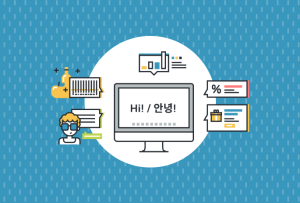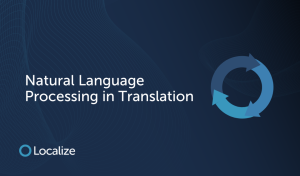Translation management software (TMS) has changed the way businesses are able to approach marketing on a global scale. With the ability to translate content into a wide variety of languages at a much higher speed, companies can spend more of their resources refining the quality of their translations. TMS technology continues to develop so that with every new innovation translations become faster and better.
What Are the New Developments in Translation Management Software?
With machines getting smarter and acquiring the ability to learn, teaching artificial intelligence (AI) a new language is quickly changing the way translations are approached. In addition, with the capability to now store almost infinite amounts of data, TMS is getting more sophisticated with each passing year. Here are some ways that TMS technology is moving forward:
Content Management Systems (CMS): Content Management Systems have been steadily evolving over the years and are available online or as desktop apps. A CMS manages the digital content of a website and helps in uploading translated versions. It can also assist with maintaining uniformity in website content and ensuring that the translated version has the same tone and voice as the original.
Audio Visual Translations: Translations are no longer required just for text; they are also necessary for audio visual content. TMS technologyis being developed to effectively translate content in every medium to ensure the best user experience. When targeting a new audience to give them an authentic feel of your brand, you need to look at a more comprehensive localization strategy that covers all types of media.
Increased Efficiency: With the need for speed without compromising on quality, enhancements in translation software are focusing on increased efficiency using AI and machine learning. As TMS technology becomes more and more refined, the quality of automated translations will greatly improve. However, there’s still a long way to go before a human translator is no longer required.
Machine Translation: Rule Based Machine Translation (RBMT) has been evolving since the 90s. However, the problem with RBMT is that translations lack context and need substantial editing by a human translator. With the development of algorithms based on neural networks that add context to the most-likely words and phrases, a more natural style is now possible, but it is still not accurate enough.
Cloud-Based Translation Platforms: Translation software depends on a database of corresponding words and phrases in different languages. With cloud technology, it is now possible to store far more words and phrases in a database which vastly improves the quality of translations. A cloud-based database working alongside machine translation can make the job of a human translator a whole lot easier.
Voice Recognition: Text to text translation has been the norm for a long time. However, voice to text translation is now gaining recognition but is still in the early stages of development. However, in the future it will enable the speeding up of the translation process and possibly facilitate working on multiple languages simultaneously.
Why Use Localize?
Localize uses the latest in translation management software technology to provide you with the most reliable translations tools. These tools can help your human translator complete large amounts of translations within a minimal amount of time. Localize provides a glossary for your brand’s specific terms, an in-context editor, and a style guide. We make the task of your human translator so much easier so that you save on expenses related to time and resources. Contact us to find out more.






